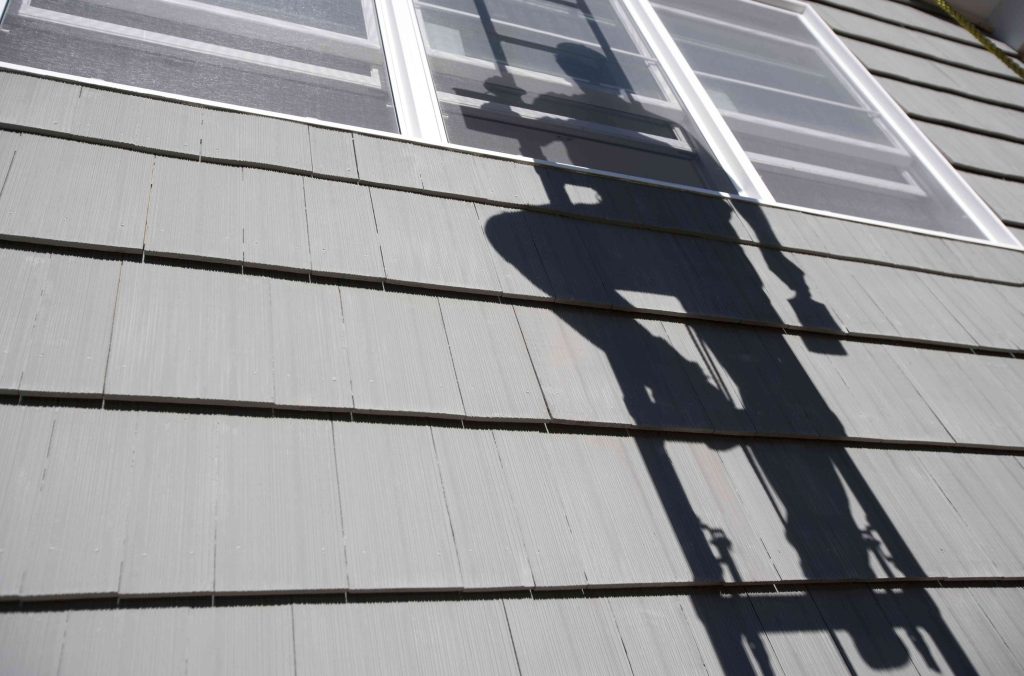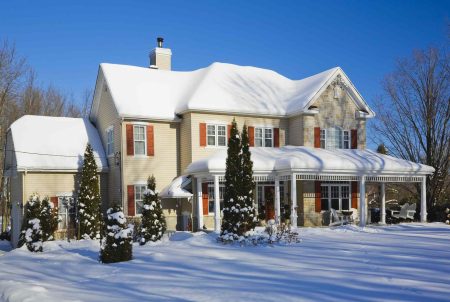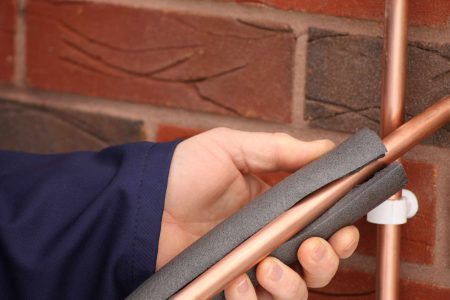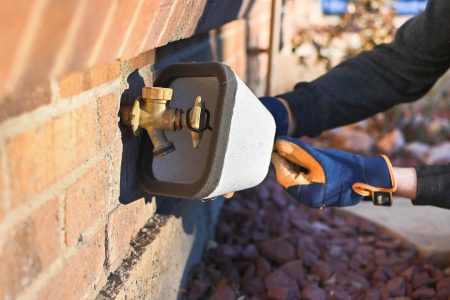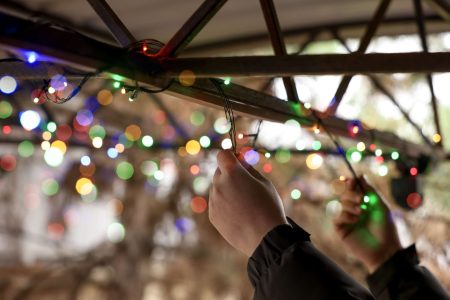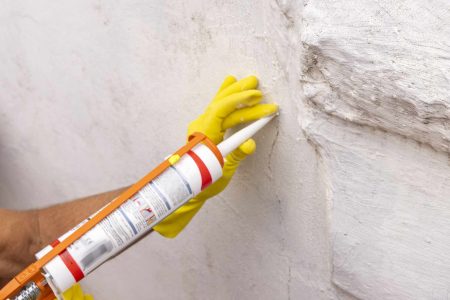As with most home projects, there is usually a hard way and an easier way. The easier way doesn’t always mean poorer results. This concept applies to exterior house painting, as well.
If you choose to paint your own house instead of hiring professional house painters, you definitely will benefit from time-saving tips. These are hacks, tips, and recommendations that will help you paint your house efficiently, effectively, and with less effort.
Warning
If your house was built before 1978, be sure to research safe practices and local requirements for potentially dealing with lead paint: Even if you’re just painting, you’ll want to make sure you’re doing so safely.
-
01
of 07Wash Your House Quickly and Painlessly
Most houses will need to be washed down prior to painting. Wipe a white cloth across the side of your house and you will witness years or even decades worth of accumulated gray soot and dust. Even in the most desperate of painting projects, it is still recommended to wash down the house.
Washing down your house by hand is the most effective and the most work-intensive way to get your house clean. But what is the least you can get by with?
If you own a pressure washer, spray down the house two times. First, clean it with a soapy solution. Second, rinse it with clean water.
If you have no pressure washer, your second-best option is to thoroughly hose it down.
In any case, your main goals should be to knock off the big, visible junk (spiderwebs, wasp’s nests, leaves) and to wash away that thin soot and dust.
-
02
of 07Paint Your House the Same Color or Darker
You create more work for yourself when you choose to change your exterior house color. It significantly increases the amount of work when the new coat is lighter than the existing coat. Even with one-coat-painting, the old color often will still show through in some areas. When you paint the same color, though, those areas blend in.
If you do not know the present house color, find an area of peeling paint, pull it off, and take it to a paint store. If there is no peeling paint, remove a painted item such as a dryer vent or a strip of molding. The paint store usually can match the existing color.
If you want to change your color, then consider making the next color darker than the present color.
Using the same color or a darker color makes it easier to lay down just one coat.
-
03
of 07Prime Only When Needed
Does your house need a complete coat of primer before applying the paint? Maybe not.
When the paint is in good condition and you are re-painting the same color, there should be no need to apply primer.
Problem areas, though, will require a primer. Bare wood, wood filler, and rust-stained areas should all be primed. If you just have bare spots, an exterior-grade quart of primer will be enough. Hit unpainted and unprimed areas with primer, not the whole house.
One caveat is that primed areas will show through the paint. So, unless your topcoat is pure white, you may need to apply an extra coat of paint just to hide the lighter-colored paint primer.
-
04
of 07Minimize Paint Scraping
Scraping paint is a universally unloved subset of painting. After scraping paint for a couple of hours, you will long for the comparatively easier jobs of brushing, rolling, or spraying.
One problem with paint scraping is that one section always seems to lead to another. If the edges of the paint will stay down, you can probably leave it alone. The new paint will seal the edges and help keep it in place. Scrape until you reach a relatively solid edge, then stop at that edge.
If you find that you need to remove all of the paint from the house, it is time to hire house painters or a crew to mechanically remove the paint.
Continue to 5 of 7 below. -
05
of 07Paint Roll the Flat Surfaces
Paint rolling lets you cover large expanses fast. The catch is that many types of siding do not lend themselves to rolling. Shiplap siding, for instance, is difficult to paint with a paint roller (wide shiplap, though, can be painted with a roller).
If your house has flat siding or even large flat sections, use a paint roller and an extension pole to cover those sections quickly.
-
06
of 07Spray Large Areas or Detailed Areas
Paint spraying is both a time saver and a time-waster. On the one hand, spraying allows you to quickly and efficiently cover large areas or areas with lots of details.
On the other hand, paint spraying requires much preparation. Every part of the non-paintable surface within 20 feet should be covered. If you have delicate foliage or grass, those areas should be covered, too. If this is late in the summer and you have given up on the lawn for the season, you can probably spray without laying down a cover.
If your house is rich in architectural details, the time invested in paint spraying will pay for itself many times over. Details usually mean brushwork, and brushwork is always slow. But if you are able to mask away non-painted areas without undue time or effort, this is highly recommended.
-
07
of 07Don’t Spend as Much Time Cleaning Brushes or Roller Covers
After a punishing day of painting, the main thing you want to do is sit down and have a cold drink. So, the last thing you want to do is clean up your brushes and roller covers. But cleaning is an essential step in keeping your painting tools around for a long time and in good condition.
For paint roller covers, purchase inexpensive quality roller covers and dispose of them at the end of each painting session. Better quality covers are recommended for interior painting, where critical eyes will be viewing the handiwork. Exterior painting is more conducive to economy-quality roller covers.
With paintbrushes, it’s best to buy high-quality brushes and treat them well. The best way to do this is to clean your good brushes with a paintbrush comb and water. Paintbrush combs cut brush clean-up time at least by half. More importantly, they help you pull out all of the paint remaining between the bristles.
Read the full article here



